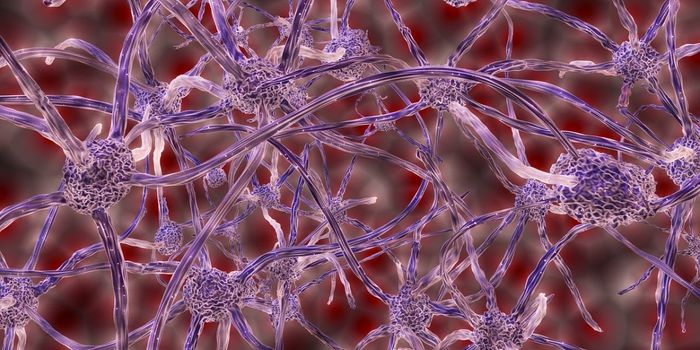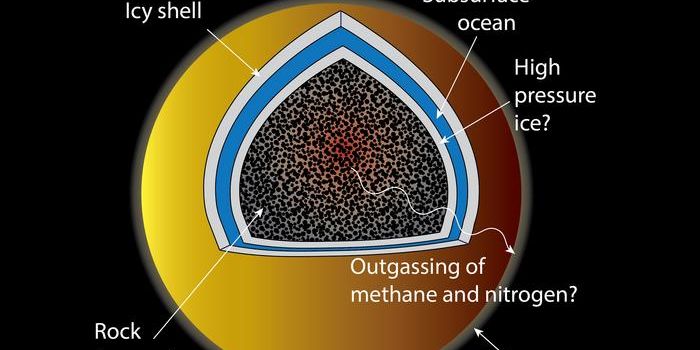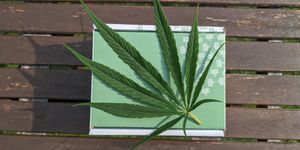New research on the physical dynamics of SARS-CoV-2 on surfaces
New research published in Advanced Nano-Biomed Research contemplates the physical dynamics of SARS-CoV-2 on abiotic surfaces. This research adds to the growing field of knowledge about the virus that has changed the world. Physicist Dr. Adrian Keller who worked on the research comments:
“It is generally known that coronaviruses are primarily transmitted via the air. However, several studies have now also identified transmission through contaminated surfaces as an important factor. There is increasing evidence that they can play a key role in the spread of viral infections. So far, however, little is known about the physical-chemical mechanisms of the interactions and how these interactions influence the viability and infectivity of the viruses.”
Dr. Keller is in charge of the "Nanobiomaterials" working group at Paderborn University that is investigating the movement behavior of the virus by way of high-speed atomic force microscopy. "Specifically, we are looking at the adsorption of virus particles on abiotic, i.e. non-living, surfaces. One particular SARS-CoV-2 protein subunit plays a key role in this, namely the outermost point of the pathogen's characteristic spiked shell," Keller explains.
The information gleaned from the team’s studies will be useful in designing antiviral coatings as well as sterilization and disinfection protocols that are backed by the most up-to-date science. In order to gather this information, the researchers looked at the adsorption, diffusion, and interaction dynamics of the SARS-CoV-2 protein by experimenting with how protein-containing electrolytes react on different surfaces meant to mimic germ carriers.
"The electrolytes served as carrier fluids for the isolated proteins. Their salt concentrations and pH values were adjusted so that they resembled those of saliva or mucus. The adsorption of the proteins on the surfaces occurs in these media and is intended to simulate the process of coughed-out, virus-laden droplets landing on surfaces," elaborates Dr. Kelly.

Of note, the team discovered that the adsorption of the spike protein on surfaces is directed by electrostatic interactions. As Dr. Kelly explains, "This leads to the spike protein adsorbing less strongly on aluminium oxide than on titanium oxide. Under the same conditions and incubation times, the titanium oxide surface, therefore, has more proteins than the aluminium oxide surface. However, electrostatic interactions can be suppressed relatively easily, for example in concentrated salt solutions. We assume that these correlations between the surface and the spike protein also play a key role in the initial attachment of complete SARS-CoV-2 virus particles to the surfaces. However, after this initial contact, other processes mediated by other proteins may become more important."
What this means exactly in terms of adapting our behaviors to keep up with the safest guidelines is still unknown. Keller says that the team will need to conduct further research at the molecular level in order "to fully elucidate the hierarchy of interactions involved.”
Sources: Advanced Nano-Biomed Research, Eureka Alert








